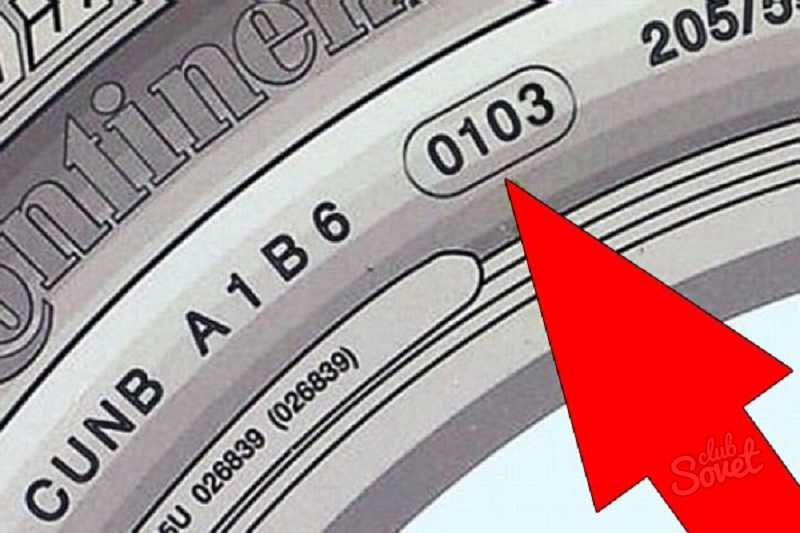Now offering Car Wash and Detailing Services at all locations or at your home! Learn More
If you look closely at any tire, you can find an engraved DOT number. This number gives you valuable insights into the tires keeping you safe. However, it is not always clear to drivers what their DOT number is communicating. The local auto mechanics are here with the full breakdown of how to read a tire’s DOT number.
Every tire identification number begins with the letters DOT (Department of Transportation). It is a marker that verifies you are getting tires that meet the Department of Transportation’s guidelines. It also serves as a clear, universal starting point for a tire’s TIN (tire identification number).
The next group of numbers contains two characters that indicate your tire’s plant code. Every tire manufacturing plant has a unique two-character code, often made with one number and one letter. Why is this important? If there is a tire recall, safety issue, or another tire concern, it can be traced back to the plant that produced the tire(s) in question.
The next two numbers or letters are your tire size code. The tire size code is a little less straightforward than other markings. Originally, the National Highway Traffic Safety Administration (NHTSA) had a universal list of tire sizes and the two-digit codes that represented them. However, the DOT now lets manufacturers determine their own code for tire size, according to the US Federal Register. This change was intended to make it easy for manufacturers to produce new tires without requiring the NHTSA to update its code list. Unfortunately, it makes it challenging to translate the tire size on your tire’s DOT number. Thankfully, there is an easier way to tell your tire size (more on this below).
The third set of values indicates the manufacturer’s characteristics. It is essentially a space for manufacturers to provide tire distinction or other brand-specific insights. The US Federal Register states, “The third grouping may be used at the manufacturer’s option to provide any other significant characteristics of the tire. Except for cases in which a tire is manufactured for a brand name owner, the third grouping is not required.” Manufacturers then submit their list of codes to the National Highway Traffic Safety Administration.
It is essentially a space for manufacturers to provide tire distinction or other brand-specific insights. The US Federal Register states, “The third grouping may be used at the manufacturer’s option to provide any other significant characteristics of the tire. Except for cases in which a tire is manufactured for a brand name owner, the third grouping is not required.” Manufacturers then submit their list of codes to the National Highway Traffic Safety Administration.
Much like the tire size code, this grouping often does not provide valuable information for drivers. It is more so used for recalls, errors, and other official identification needs.
Without ever touching the road, a tire can go bad simply due to its age. After 5 years of age, tires begin experiencing thermo-oxidative degradation. This chemical reaction can severely impact tire safety on the road.
The final four digits on your DOT number will tell you the tire’s age. The first two numbers of this grouping indicate the week of the year your tire was manufactured.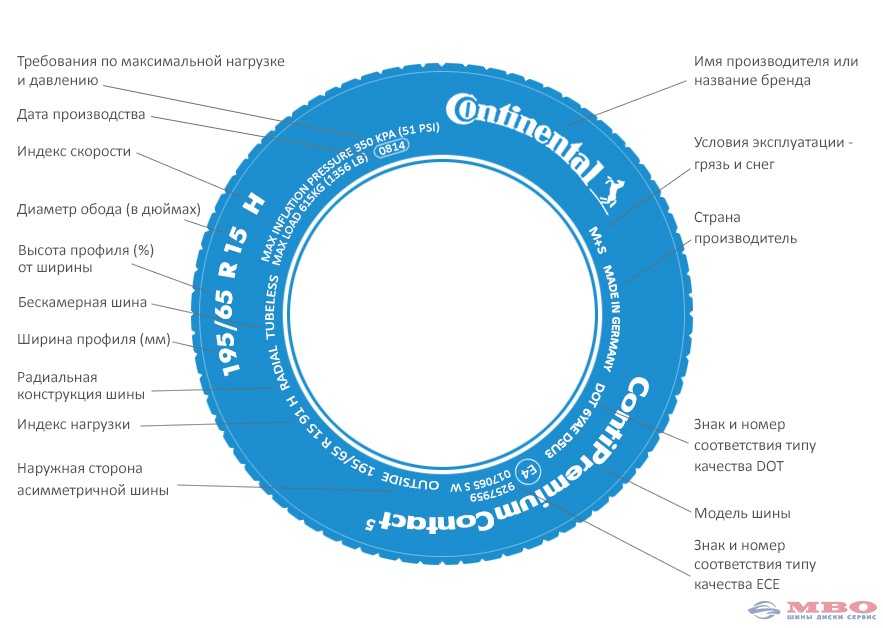 The final two digits indicate the year that your tire was manufactured. For example, if your final four DOT numbers are 3020, your tire was manufactured in the 30th week of 2020. You can find more information in our full guide to tire age here.
The final two digits indicate the year that your tire was manufactured. For example, if your final four DOT numbers are 3020, your tire was manufactured in the 30th week of 2020. You can find more information in our full guide to tire age here.
While DOT numbers are helpful, they might not tell you everything you need to know about your tires. As tire experts, we often have customers ask:
Many drivers expect to find the answers to these and other questions in their DOT number, but this is not the case. Tires brands often include additional insights on the face of the tire. However, it is frequently much easier to view tire information on your tire panel.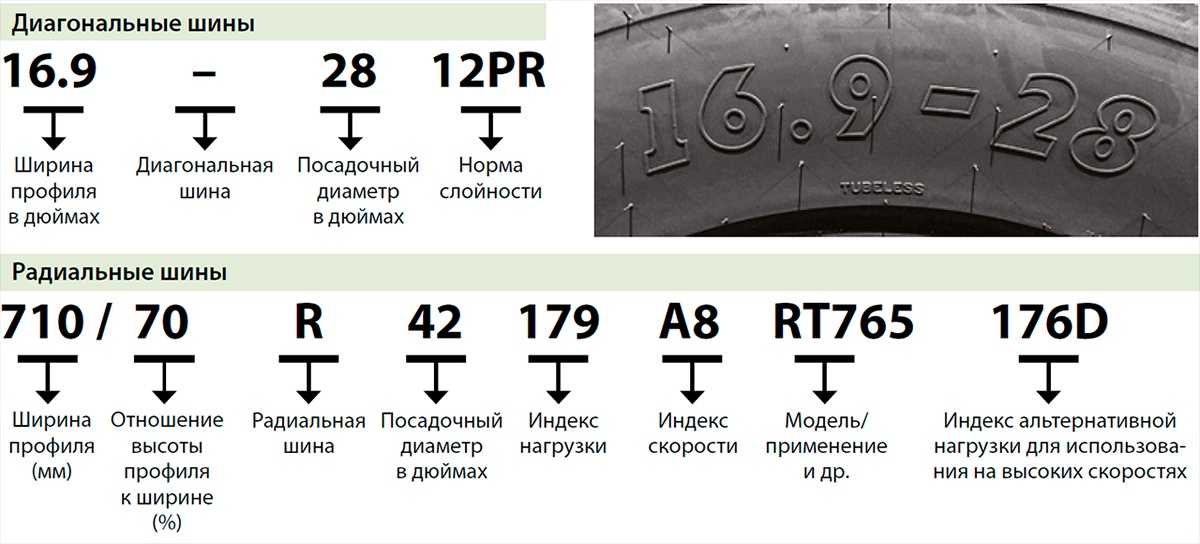 If you open your driver’s-side door and turn to face the seat, you will find a sticker against your door frame with information about your tires. You can also find additional details in your owner’s manual.
If you open your driver’s-side door and turn to face the seat, you will find a sticker against your door frame with information about your tires. You can also find additional details in your owner’s manual.
When you are due for new tires, the mechanics at Chapel Hill Tire are here for you. We proudly serve the greater Triangle area with our 10 locations across Raleigh, Apex, Cary, Durham, Chapel Hill, and Carrboro. Our mechanics also commonly serve nearby areas, including Knightdale, Pittsboro, Wake Forest, Hillsborough, Morrisville, and beyond. You can conveniently buy your new tires online using our Tire Finder tool. For all of your tire services, vehicle services, and car care needs, make an appointment today with your nearest Chapel Hill Tire.
Back to Resources
You can tell a lot of information about a tire just by looking at it.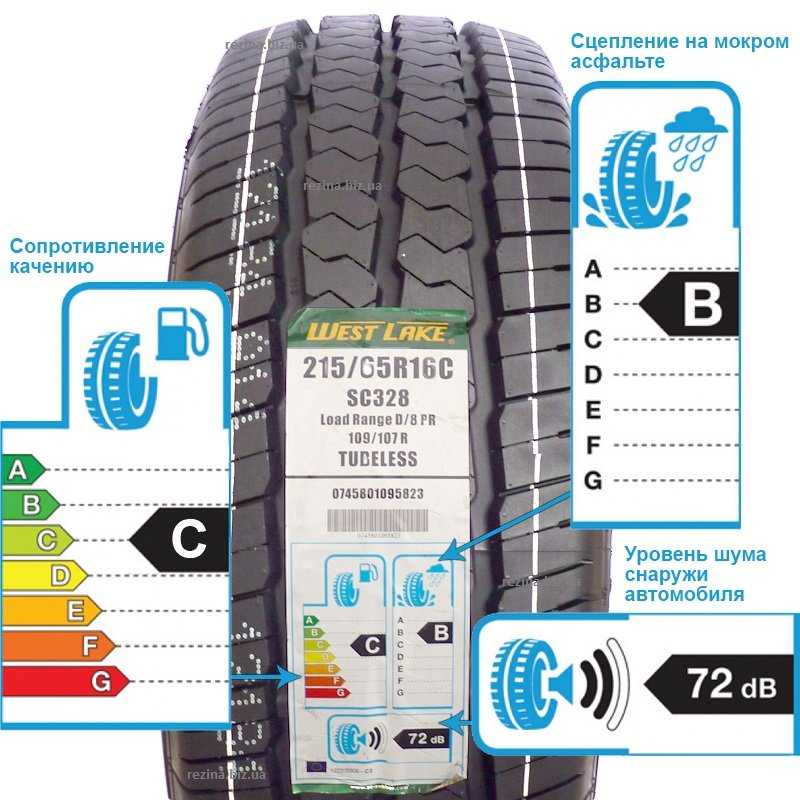 Whether you’re looking at the tire
label on the sale of a new tire or the DOT number molded onto a tire’s sidewall, it’s important to be
able to read and understand this information so that you can provide the best service possible for your
customers.
Whether you’re looking at the tire
label on the sale of a new tire or the DOT number molded onto a tire’s sidewall, it’s important to be
able to read and understand this information so that you can provide the best service possible for your
customers.
The first step in understanding a tire is knowing how to read the various brandings and labels on the tire. These labels provide you with the size specifications and replacement information you will need when a new customer comes in with a problem. Tire Registration Plus has built-in intelligence to safeguard against making mistakes when entering tire information from tires with difficult-to-read labels.
All tires are marked with a TIN (Tire Identification Number) or DOT code on the sidewall. This number
includes basic information about the tire’s construction, capacity and characteristics.
The DOT code is listed in full on only one side of the tire, with a partial DOT listed on the
accompanying side. Tires made before the year 2000 and tires made after 2000 are marked using different
formats. This can be confusing to technicians. Remember, federal law requires the full DOT number to be
listed on only one of the sidewalls.
This number
includes basic information about the tire’s construction, capacity and characteristics.
The DOT code is listed in full on only one side of the tire, with a partial DOT listed on the
accompanying side. Tires made before the year 2000 and tires made after 2000 are marked using different
formats. This can be confusing to technicians. Remember, federal law requires the full DOT number to be
listed on only one of the sidewalls.
The DOT code contains a unique character code that gives a lot of information about a tire, including:
An example DOT code would look something like this: DOT PJ41 30HV 1021
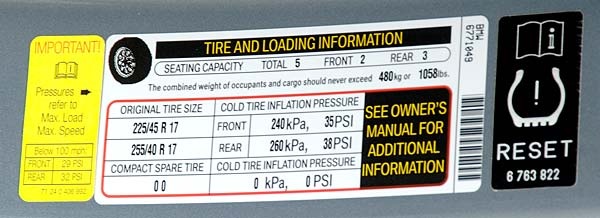
One of the more important aspects of a tire label is the tire size specifications. Typically, you will find a number similar to the following: 255 / 45 R 17 93W
 This includes
L, M, N, P, Q, R, S, T, U, V, H, V, W, Y, (Y) – Speed ratings range between 75-186mph
This includes
L, M, N, P, Q, R, S, T, U, V, H, V, W, Y, (Y) – Speed ratings range between 75-186mph
Tires made before the year 2000 were labeled and marked very differently than the majority of tires on the road today. Some tires were imprinted with a small triangle after the DOT code to signify a production date in the 1990s. NHTSA has indicated that new standards for DOT and TIN labeling requirements are set to hit in the mid 2020s.
Do you want to choose a tire for your car, but do not understand tire markings well? It's not a problem! In this section, we will help you figure out what tire parameters are, what they mean, and which tire is right for your car.
Find tires / tire catalog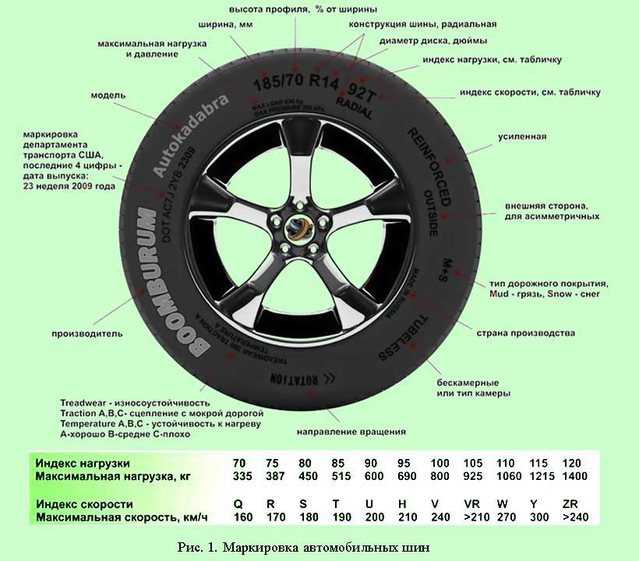
195/65 R15 91 TXL
195 is the tire width in mm.
65 - Proportionality, i.e. profile height to width ratio. In our case, it is equal to 65%. Simply put, with the same width, the larger this indicator, the higher the tire will be and vice versa. Usually this value is simply called “profile”.
Since the tire profile is a relative value, it is important to take into account when choosing rubber that if you want to put tires with a size of 205/65 R15 instead of the size 195/65 R15, then not only the width of the tire will increase, but also the height! Which in most cases is unacceptable! (except when both of these sizes are indicated in the car's operating book). You can calculate the exact data on changing the outer dimensions of the wheel in a special tire calculator.
If this ratio is not specified (for example, 185/R14C), then it is equal to 80-82% and the tire is called full profile.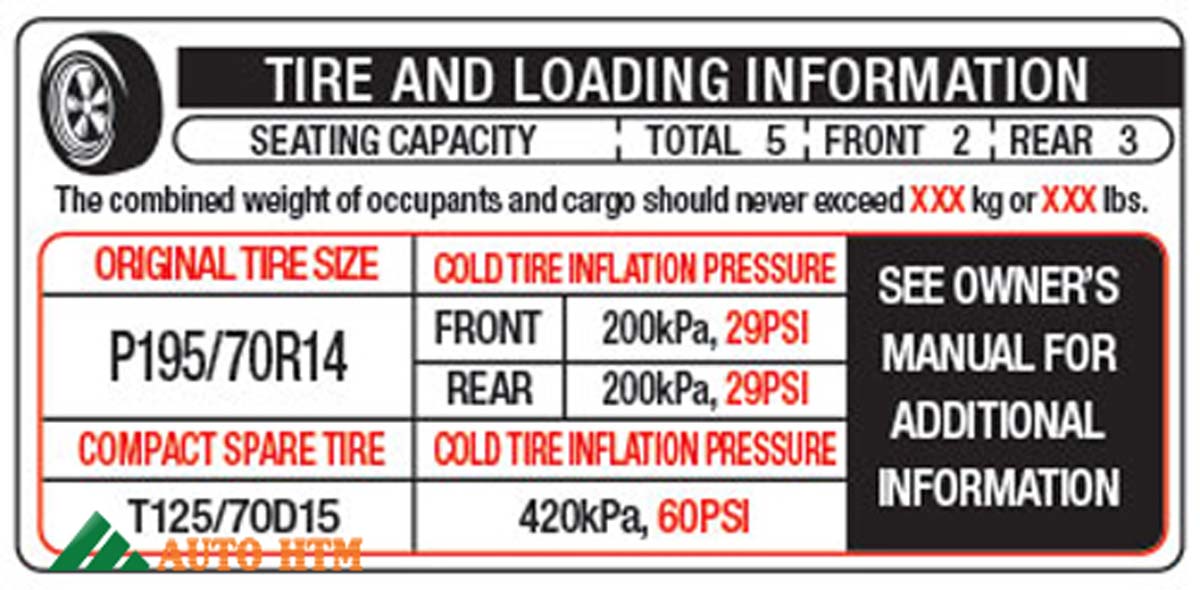 Reinforced tires with this marking are usually used on minibuses and light trucks, where a large maximum wheel load is very important.
Reinforced tires with this marking are usually used on minibuses and light trucks, where a large maximum wheel load is very important.
R - means a tire with a radial cord (in fact, almost all tires are made this way now).
Many mistakenly believe that R- means the radius of the tire, but this is precisely the radial design of the tire. There is also a diagonal design (indicated by the letter D), but recently it has practically not been produced, since its performance is noticeably worse.
15 - wheel (rim) diameter in inches. (It is the diameter, not the radius! This is also a common mistake). This is the “landing” diameter of the tire on the disk, i.e. is the inside size of the tire or the outside of the rim.
91 - load index. This is the level of maximum permissible load on one wheel. For passenger cars, it is usually done with a margin and is not a decisive factor when choosing tires (in our case, IN - 91 - 670 kg.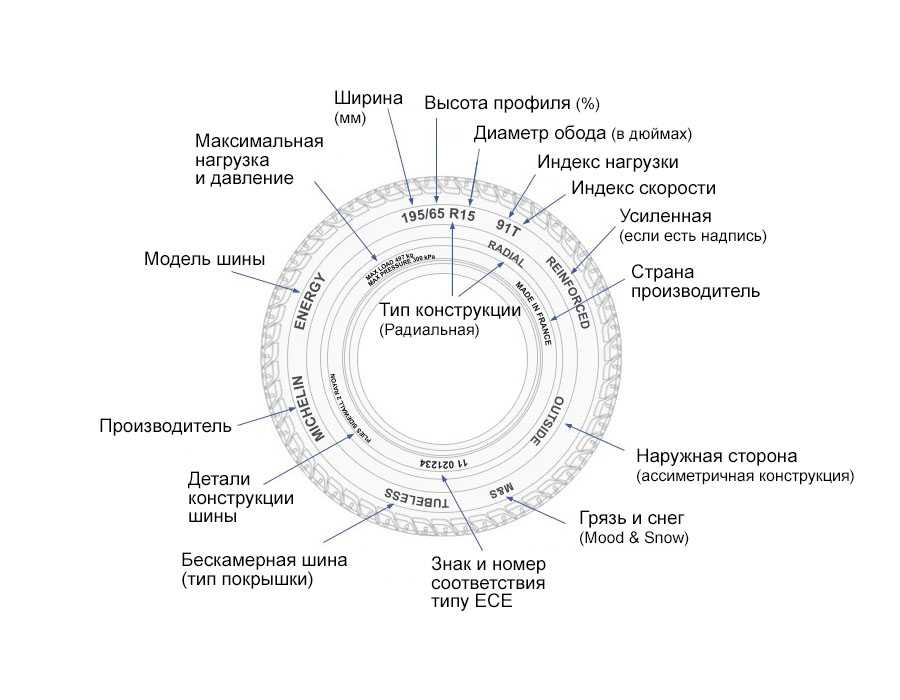 ). For minibuses and small trucks, this parameter is very important and must be observed.
). For minibuses and small trucks, this parameter is very important and must be observed.
T - tire speed index. The larger it is, the faster you can ride on this tire (in our case, IS - H - up to 210 km / h). Speaking about the tire speed index, I would like to note that with this parameter, the tire manufacturer guarantees the normal operation of the rubber when the car is constantly moving at the specified speed for several hours.
There are two different markings for American tires. The first one is very similar to the European one, only the letters “P” (Passanger - for a passenger car) or “LT” (Light Truck - light truck) are placed before the size. For example: P 195/60 R 14 or LT 235/75 R15. And another tire marking, which is fundamentally different from the European one.
Example: 31x10.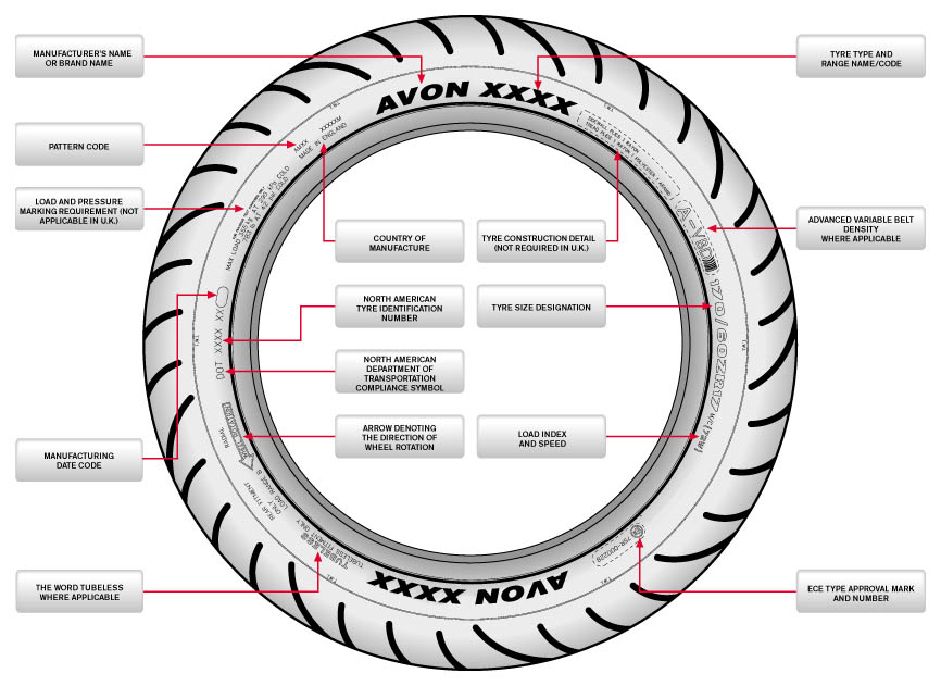 5 R15 (corresponding to European size 265/75 R15)
5 R15 (corresponding to European size 265/75 R15)
31 is the outside diameter of the tire in inches.
10.5 is tire width in inches.
R - a tire with a radial design (older tire models were with a diagonal design).
15 is the inner diameter of the tire in inches.
Generally speaking, except for inches that are unusual for us, the American tire marking is logical and more understandable, unlike the European one, where the height of the tire profile is not constant and depends on the width of the tire. And here everything is simple with decoding: the first digit of the standard size is the outer diameter, the second is the width, the third is the inner diameter.
XL or Extra Load is a reinforced tire, the load index of which is 3 units higher than that of conventional tires of the same size. In other words, if a given tire has a load index of 91 marked XL or Extra Load, then this means that with this index, the tire is able to withstand a maximum load of 670 kg instead of 615 kg (see the table of tire load indices).
In other words, if a given tire has a load index of 91 marked XL or Extra Load, then this means that with this index, the tire is able to withstand a maximum load of 670 kg instead of 615 kg (see the table of tire load indices).
M+S or M&S tire marking (Mud + Snow) - mud plus snow and means that the tires are all-season or winter. Many summer tires for SUVs are labeled M&S. However, these tires must not be used in winter, as winter tires have a completely different rubber compound and tread pattern, and the M&S badge indicates good flotation performance.
All Season or AS all season tires. Aw (Any Weather) - Any weather.
Pictogram * (snowflake) — rubber is designed for use in harsh winter conditions. If this marking is not on the sidewall of the tire, then this tire is intended for use only in summer conditions.
Aquatred, Aquacontact, Rain, Water, Aqua or pictogram (umbrella) - special rain tires.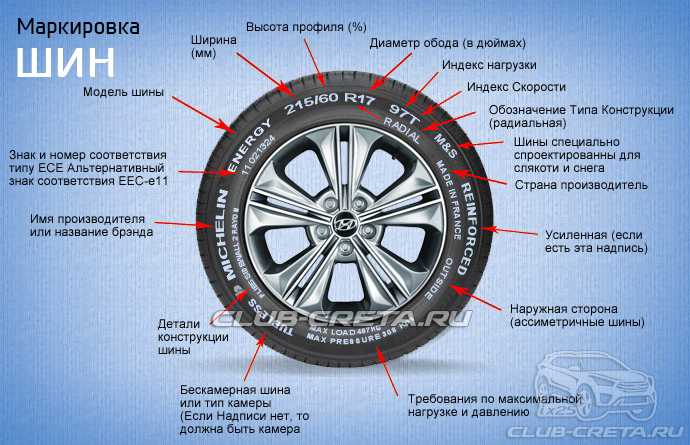
Outside and Inside ; asymmetric tires, i.e. It is important not to confuse which side is the outside and which is the inside. When installing, the Outside inscription must be on the outside of the car, and Inside on the inside.
RSC (RunFlat System Component) - RunFlat tires are tires on which you can continue to drive a car at a speed of no more than 80 km / h with a FULL drop in pressure in the tire (due to a puncture or cut). On these tires, depending on the manufacturer's recommendations, you can drive from 50 to 150 km. Different tire manufacturers use different designations for RSC technology. For example: Bridgestone RFT, Continental SSR, Goodyear RunOnFlat, Nokian Run Flat, Michelin ZP etc.
Rotation or arrow This marking on the tire sidewall indicates a directional tire. When installing the tire, you must strictly observe the direction of rotation of the wheel, indicated by the arrow.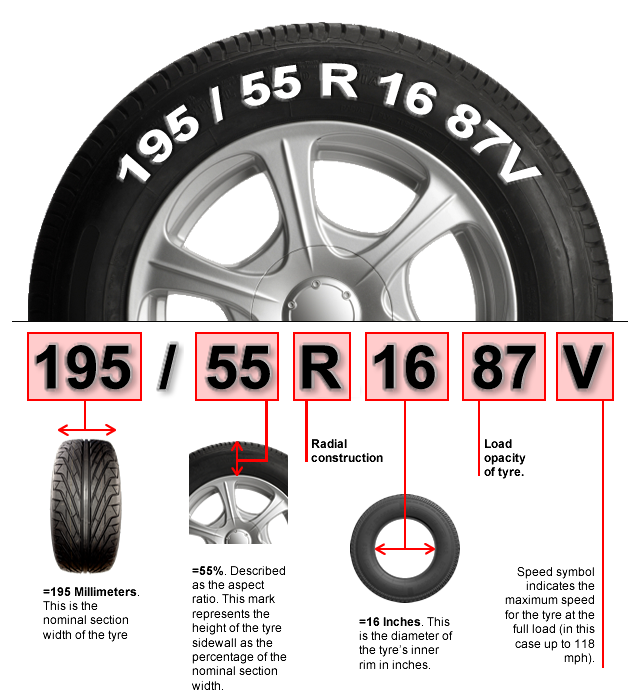
Tubeless - tubeless tire. In the absence of this inscription, the tire can only be used with a camera. Tube Type - indicates that this tire must be used only with a tube.
Max Pressure ; maximum allowable tire pressure. Max Load - the maximum allowable load on each wheel of the car, in kg.
Reinforced or the letters RF in the size (for example 195/70 R15RF) means that this is a reinforced tire (6 layers). The letter C at the end of the size (for example 195/70 R15C) indicates a truck tire (8 layers).
Radial this marking on the rubber in the standard size means that this is a radial construction tire. Steel means that there is a metal cord in the tire structure.
Letter E (in a circle) - the tire meets the European requirements of ECE (Economic Commission for Europe). DOT (Department of Transportation - US Department of Transportation) is an American quality standard.
Temperature A, B, or C Temperature resistance of the tire at high speeds on the test bench (A is best).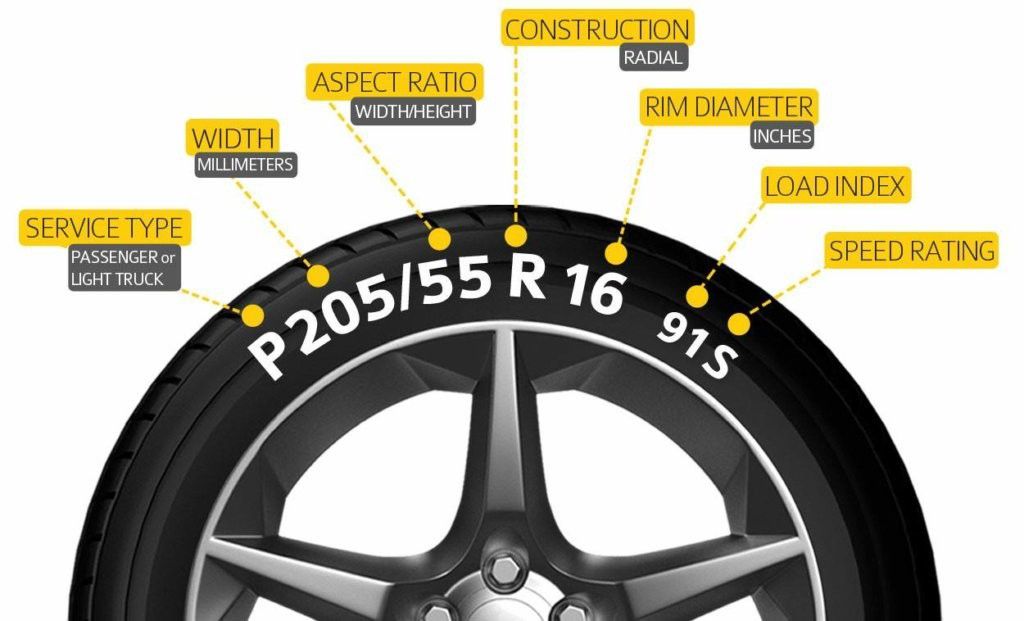
Traction A, B, or C Tire wet braking capability.
Treadwear ; relative expected mileage compared to a specific US standard test.
TWI (Tread Wear Indiration) - tire tread wear indicators. The marking on the TWI wheel can also be with an arrow. Pointers are located evenly in eight or six places around the entire circumference of the tire and show the minimum allowable tread depth. The wear indicator is made in the form of a protrusion with a height of 1.6 mm (the minimum tread value for light vehicles) and is located in the tread recess (usually in the drainage grooves).
DOT - Manufacturer's coded address, tire size code, certificate, issue date (week/year).
Find tires / tire catalogPhoto: Shutterstock
adv.rbc.ru
See also
Numbers and letters on a car tire provide all the necessary information about it.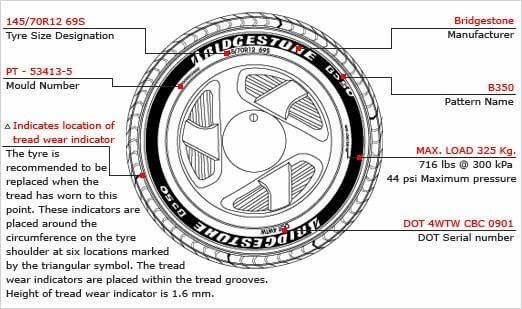 True, it is not easy to read them - here, even in the designation of one parameter, several measurement systems can be used simultaneously. In addition, many values are expressed in special indices. We decipher all important labels for the buyer.
True, it is not easy to read them - here, even in the designation of one parameter, several measurement systems can be used simultaneously. In addition, many values are expressed in special indices. We decipher all important labels for the buyer.
adv.rbc.ru
A tire label is information about its properties printed on the outer rim. This is a huge amount of useful information. Here are the parameters of the tire that can be read from it itself:
The size designation is written in the form XXX/XX R XX. For example 225/65 R17.
For example 225/65 R17.
The first three digits are the tire width in millimetres. In our case - 225 mm.
The second digit is the height, but not in millimeters, but as a percentage of the width. In our case, its height is 146.25 mm (225 * 0.65).
The third number after R is the outside diameter of the wheel or the inside diameter of the tire in inches. In our case, this is 17 inches or 43.18 cm. Do not confuse - this is the radius, not the diameter. The letter R itself stands for the radial design of the tire, which confuses many. Sometimes Radial can be written separately on the bus - the meaning is the same. In addition to the radial, there is also a diagonal design (D), but these are not found today.
Two numbers and a letter immediately follow the size. These are the codes for the load capacity and speed limit of the tire.
Two digits - capacity or load index. This is a complex system of values, in which the larger the number, the greater the load, but the step size between the values is not constant. Therefore, it is easier to just know the most common of them:
Therefore, it is easier to just know the most common of them:
The index value is the load on each wheel separately. To calculate the total load capacity, multiply by 4.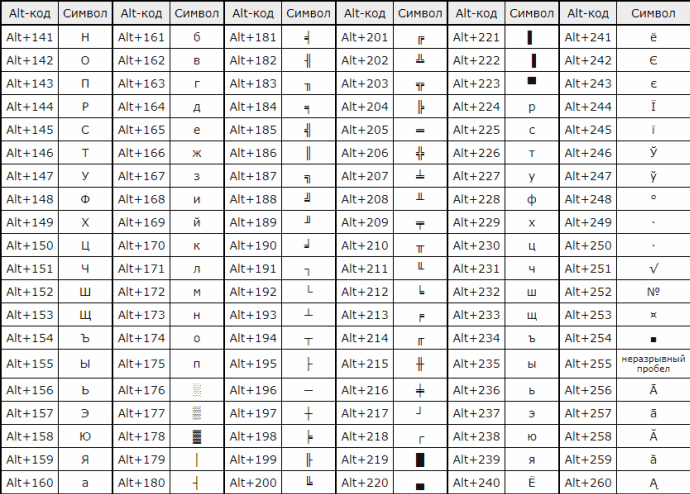 This value can also be written elsewhere in a simpler form: Max load - xxx kg.
This value can also be written elsewhere in a simpler form: Max load - xxx kg.
Photo: Shutterstock
The letter after the two digits of the load index is the index of the maximum speed for which the tire is designed. It starts with A, but the values relevant for modern machines start with the second half of the Latin alphabet:
This is not the limit, but the maximum "comfortable" value. In exceptional cases, you can even exceed it by 20-30%, but it is better to avoid this.
Another key parameter is the time the tire was produced. Usually it is indicated in a rounded rectangle, but may be without a frame. The first two digits are the week, and the second two are the year.
Usually it is indicated in a rounded rectangle, but may be without a frame. The first two digits are the week, and the second two are the year.
Also, three more parameters are usually indicated on the tire - wear resistance margin, grip quality class and temperature index.
The wear index is denoted by the word treadwear. Its unit is 480 km. Multiply the number next to that word by that value. If treadwear is 400, it means that under test conditions at the test site, such a tire has worn out after driving 192,000 km. Also, this parameter can be designated separately as the abbreviation TWI.
Traction is a measure of how well a tire grips on wet road surfaces. It has values from AA - the best level, to CC - the worst. Tires for regular passenger cars usually have class A, and the highest class is for sports and racing.
Temperature is the tire's ability to withstand heat when driving at a certain speed. There are three values here:
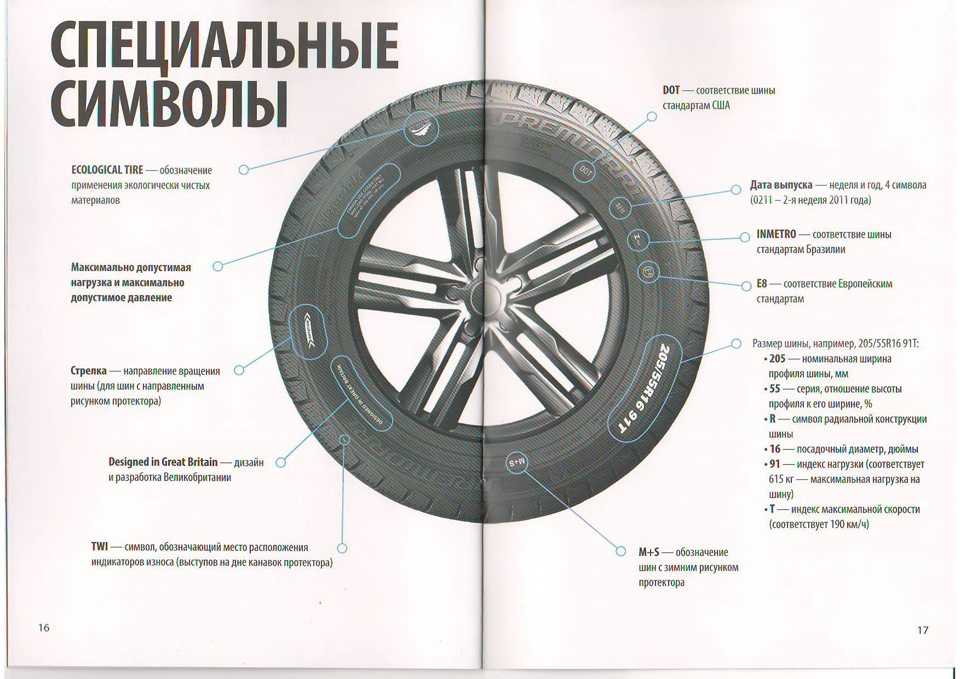
Tires of modern passenger cars most often have this index value - A.
Photo: Shutterstock
The letter E with a number indicates that the tire complies with the rules of the European Tire Standards Association (ETRTO) and has a corresponding certificate . The number indicates the country that issued it - but this does not matter, since the ETRTO requirements are the same. In this case, the tire can be produced anywhere.
The weather conditions in which this tire is allowed to be used are also usually indicated:
Winter tires must have a first, second or third designation.
On some tires you can find the designation of the type of car for which they are intended:
In addition, the tire may be marked:
